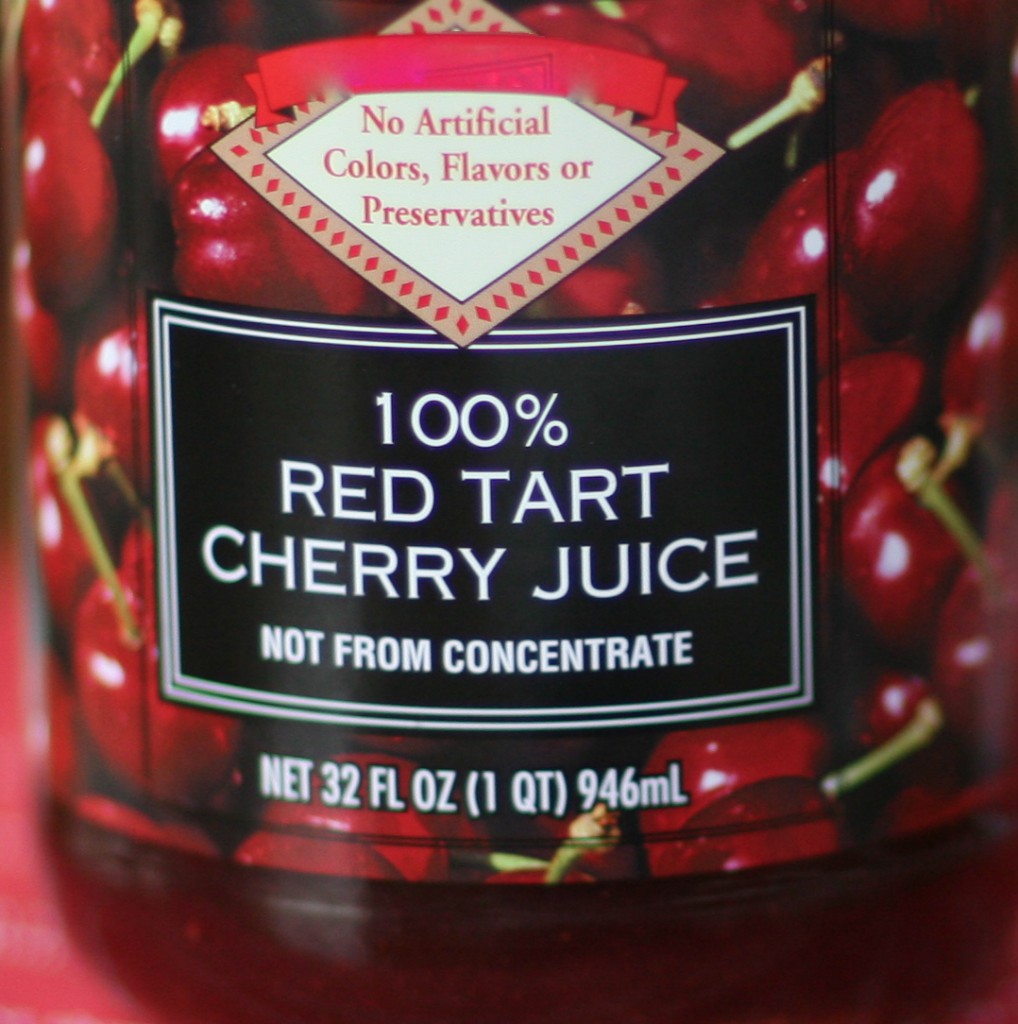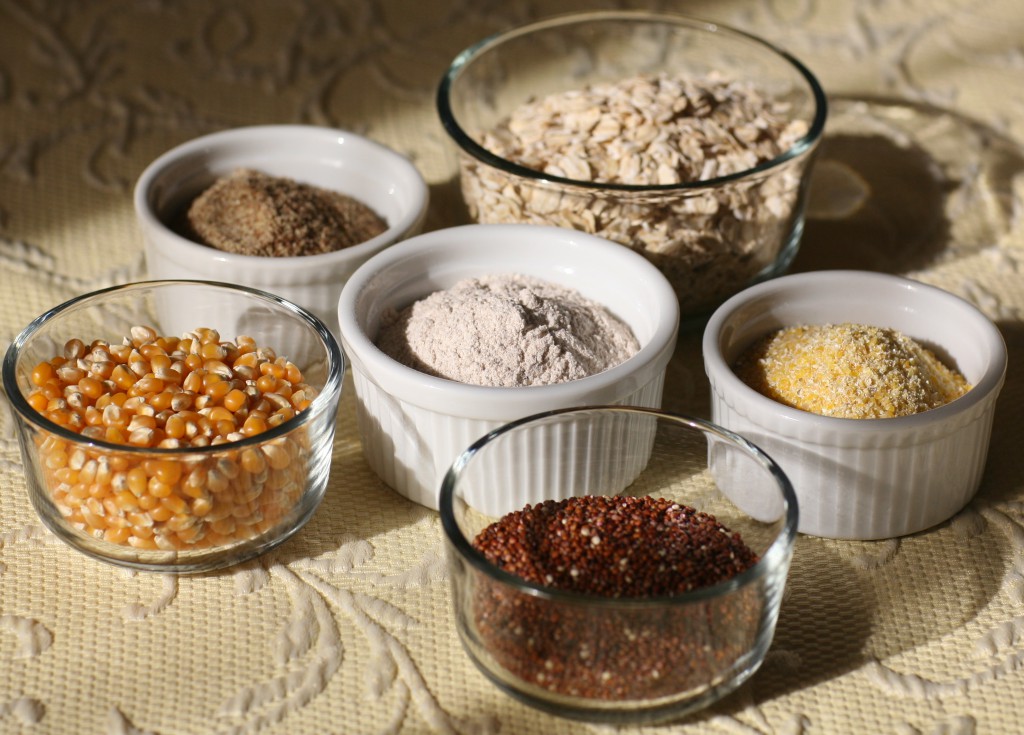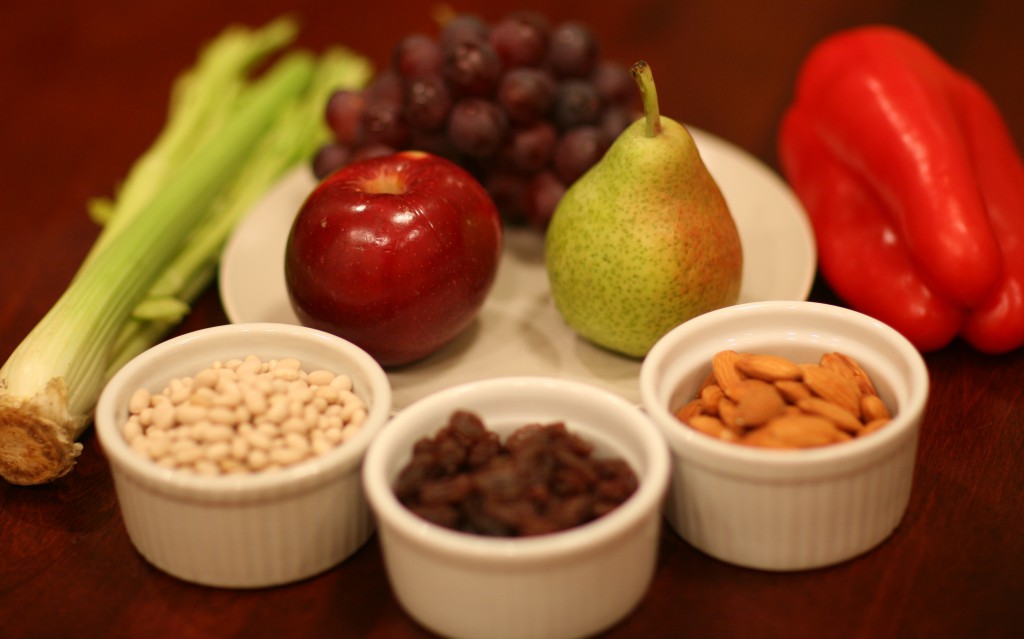So yesterday I completed my first road race, the Hyannis Half Marathon. I feel really good 
about completing one of my goals that I set when deciding that this would be the year that I challenge myself! I also feel great physically, mostly because I trained slowly and steadily and followed my plan which included a lot of rest last week. Before I get to my food for the day, I’d like to share some things that are great about running an organized race. Some of you might have already run plenty of races and feel blasé about these particular things, and some of might not have completed any organized races before, but here are some of the things that I enjoyed yesterday:
- You don’t have to carry water! This is such a nice bonus after doing long training runs while carrying a bottle of water. On top of it all there are such great volunteers working hard to make sure that everything goes smoothly for you!
- There are all sorts of great people cheering you along the race route! My favorites were the kids that lined up to give high-fives to as many runners as they could. I’m sure they were there to cheer on their own Mom, Dad, Auntie, Uncle or whoever (and they held some pretty wonderful signs too) but they also cheered on every other runner that passed!
- The great camaraderie of being with a big group of people all looking to complete the same goal! Sure there were plenty of “hard core runners” who weren’t too friendly, but there were many more friendly people out to have a good time. I had some great mini-conversations people and had the pleasure of running alongside Dick and Rick Hoyt for a moment just before mile 3.
- Running on the double yellow lines down the middle of the street! How often is that going to happen? After the stress of dodging cars when running around town, it was pretty great to be able to just run down the middle of the street in the same direction as everyone else and not look over my shoulder once!
- The great music I listened to! Well, this isn’t specific to running an organized race but I wanted to slip this in. I made myself a playlist that was loaded with all sorts of music that I knew would put a smile on my face. This is one more area that is very personal to each of us because taste is very individual, but no matter your taste it’s important that you come up with something you like. Every 3-5 minutes when a new song came on, it made me smile which made running easier!
So, now for what I ate to fuel that run. The race was at 10 am, so I woke up early enough to
have my usual latte plus oatmeal cooked with a chopped up apple and milk (plus a splash of vanilla and a dash of cinnamon) delicious! I also made sure to drink down a tall glass of water. I didn’t have my usual breakfast since it is so high in fiber and I didn’t want to have “issues” later on! Then by about 8:15 as I was driving, I had a fig bar; once again this is something with plenty of complex carbohydrates but little fiber so it wouldn’t spend too much time in my stomach and cause trouble mid-race. During the race I ate fruit jellies – pure sugar. These are a candy that I cut up into pieces and portion into two bags of about 25 carbohydrates each. I’ve found that they go down easy for me because they aren’t too chewy like gummy options. I had my first little bite at about 30 minutes, then spread the rest of the first bag from minutes 45 to 60. The second bag I spread from 1:20 to the end. I found that by spreading out my intake, my stomach doesn’t get upset and it’s a more steady rate of delivery than eating things like Gu. Like I’ve said before however, this is totally individual, I know that my approach works for me because I had tested it out prior to race day.
After the race the first thing I did was to drink down a carton of chocolate milk and also 
begin drinking more water. Even though it’s winter and I stopped at every water stop, I still needed quite a bit to rehydrate! After I took a shower, I headed off to a lovely french cafe in Hyannis (Pain D’Avignon) for some lunch. I had a delicious warm chickpea salad with goat cheese and several cups of water. I really concentrated on getting some high quality carbohydrates along with some protein to speed my recovery. I also picked up some tasty bread to bring home for dinner!
Back at home, my husband had made a wonderful dinner of pot roast, roasted 
vegetables (sweet potatoes, carrots and shallots), broccoli and mashed potatoes which went along nicely with the bread I brought home. You can see by my plate (sorry for the poor quality of the photo!) I really loaded on the veggies. I also had a snack of some greek yogurt later that evening and kept on drinking fluids.
Well, there you have it! Now I just need to decide if there is another half in my future…



 Some delicious sources of fiber
Some delicious sources of fiber